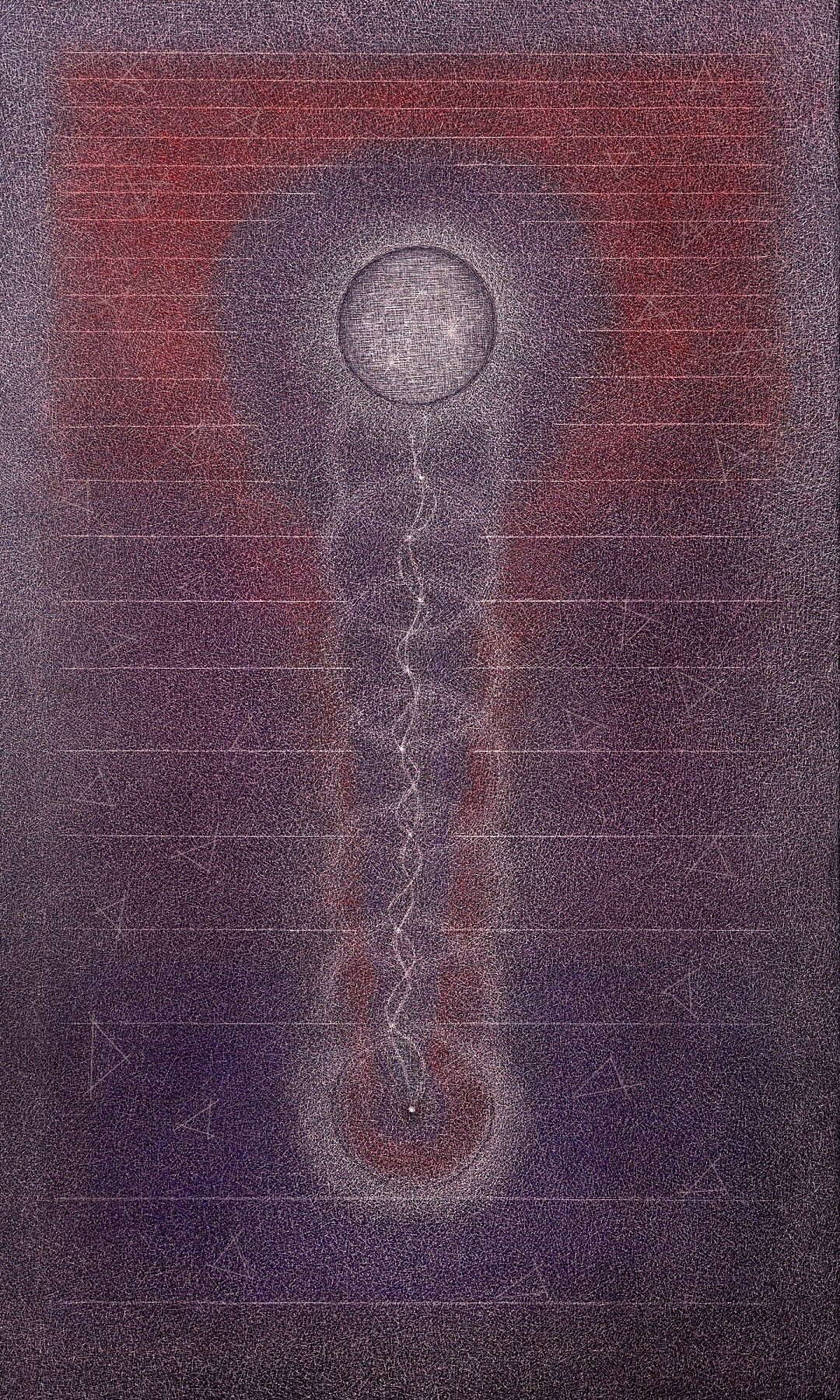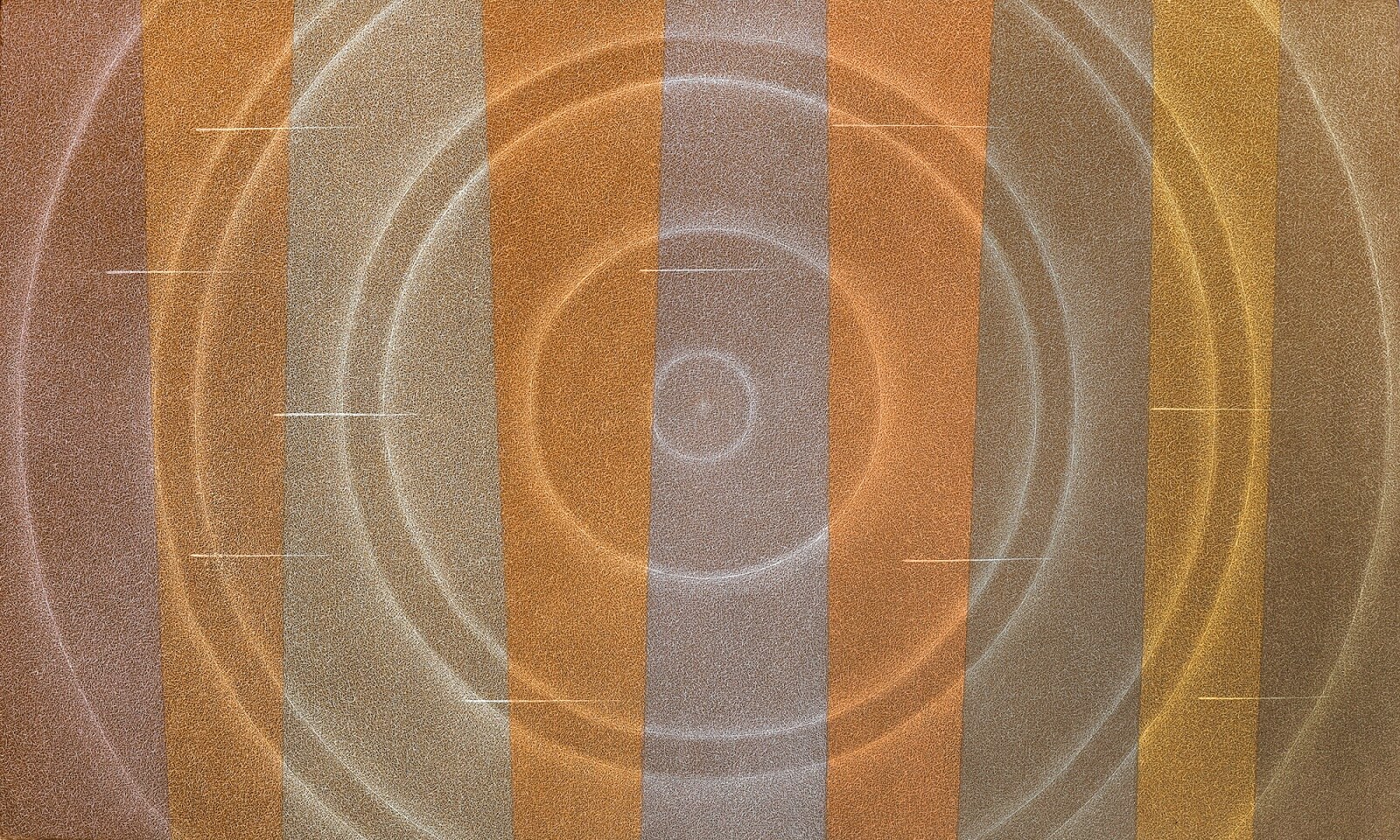Pattern Paintings
Pattern paintings, with their mesmerizing arrangements and rhythmic repetitions, offer more than just visual appeal—they evoke a sense of harmony and order that transcends mere aesthetics. Owning a pattern painting means embracing a unique form of artistic expression where structure meets creativity, capturing the essence of both tradition and modernity. These paintings invite collectors to experience art that is both timeless and innovative, weaving together historical influences with contemporary flair.
Historically, patterns have been integral to art across diverse cultures. From the intricate mosaics of ancient Byzantium to the vibrant textiles of traditional African art, patterns have served as a universal language of beauty and meaning. In the Renaissance, artists like Sandro Botticelli employed repetitive motifs in works such as “The Birth of Venus” to enhance compositional harmony and symbolism. Moving into the 20th century, modern artists like Wassily Kandinsky...
Pattern paintings, with their mesmerizing arrangements and rhythmic repetitions, offer more than just visual appeal—they evoke a sense of harmony and order that transcends mere aesthetics. Owning a pattern painting means embracing a unique form of artistic expression where structure meets creativity, capturing the essence of both tradition and modernity. These paintings invite collectors to experience art that is both timeless and innovative, weaving together historical influences with contemporary flair.
Historically, patterns have been integral to art across diverse cultures. From the intricate mosaics of ancient Byzantium to the vibrant textiles of traditional African art, patterns have served as a universal language of beauty and meaning. In the Renaissance, artists like Sandro Botticelli employed repetitive motifs in works such as “The Birth of Venus” to enhance compositional harmony and symbolism. Moving into the 20th century, modern artists like Wassily Kandinsky and Piet Mondrian revolutionized pattern use, incorporating geometric abstraction and color theory to push the boundaries of visual art.
In Indian art, patterns are deeply embedded in cultural and artistic traditions. Indian folk art forms such as Madhubani and Warli feature intricate, symbolic patterns that convey stories and cultural motifs. These patterns often draw on nature, mythology, and daily life, serving both decorative and narrative purposes. You can see this influence in the contemporary works of Nitu Chajjer who pushes the concept of Mandalas (link collection) further in her Nature & Spirituality themed works, the sprirituality themed geometric abstract works of H R Devulapalli & Ekta Sharma, the patterns from the Bishnupur temples in the backgrounds of Basuki Dasgupta’s figurative works and as the focus of his abstract works.
Contemporary artists continue to explore and redefine patterns, infusing them with new contexts and interpretations. For instance, Yayoi Kusama’s immersive installations use polka dots to create enveloping, otherworldly experiences, while abstract painter Bridget Riley uses optical patterns to engage viewers in a dynamic visual conversation. These examples showcase the diverse ways patterns can be utilized, offering a range of possibilities from the traditionally intricate to the boldly modern.
In acquiring a pattern painting, you’re not just investing in art; you're owning a piece of a rich artistic dialogue that spans centuries, reflecting both historical depth and contemporary innovation..
Read More
Pattern paintings, with their mesmerizing arrangements and rhythmic repetitions, offer more than just visual appeal—they evoke a sense of harmony and order that transcends mere aesthetics. Owning a pattern painting means embracing a unique form of artistic expression where structure meets creativity, capturing the essence of both tradition and modernity. These paintings invite collectors to experience art that is both timeless and innovative, weaving together historical influences with contemporary flair.
Historically, patterns have been integral to art across diverse cultures. From the intricate mosaics of ancient Byzantium to the vibrant textiles of traditional African art, patterns have served as a universal language of beauty and meaning. In the Renaissance, artists like Sandro Botticelli employed repetitive motifs in works such as “The Birth of Venus” to enhance compositional harmony and symbolism. Moving into the 20th century, modern artists like Wassily Kandinsky and Piet Mondrian revolutionized pattern use, incorporating geometric abstraction and color theory to push the boundaries of visual art.
In Indian art, patterns are deeply embedded in cultural and artistic traditions. Indian folk art forms such as Madhubani and Warli feature intricate, symbolic patterns that convey stories and cultural motifs. These patterns often draw on nature, mythology, and daily life, serving both decorative and narrative purposes. You can see this influence in the contemporary works of Nitu Chajjer who pushes the concept of Mandalas (link collection) further in her Nature & Spirituality themed works, the sprirituality themed geometric abstract works of H R Devulapalli & Ekta Sharma, the patterns from the Bishnupur temples in the backgrounds of Basuki Dasgupta’s figurative works and as the focus of his abstract works.
Contemporary artists continue to explore and redefine patterns, infusing them with new contexts and interpretations. For instance, Yayoi Kusama’s immersive installations use polka dots to create enveloping, otherworldly experiences, while abstract painter Bridget Riley uses optical patterns to engage viewers in a dynamic visual conversation. These examples showcase the diverse ways patterns can be utilized, offering a range of possibilities from the traditionally intricate to the boldly modern.
In acquiring a pattern painting, you’re not just investing in art; you're owning a piece of a rich artistic dialogue that spans centuries, reflecting both historical depth and contemporary innovation..
Can we help you with Finding your favorite piece of art? Reach out to us by clicking below.


 Price
Price
 Size
Size

 Orientation
Orientation
 Color
Color
 Style
Style
 Categories
Categories
 Sort
Sort










 '
'
 '
'
 '
'


